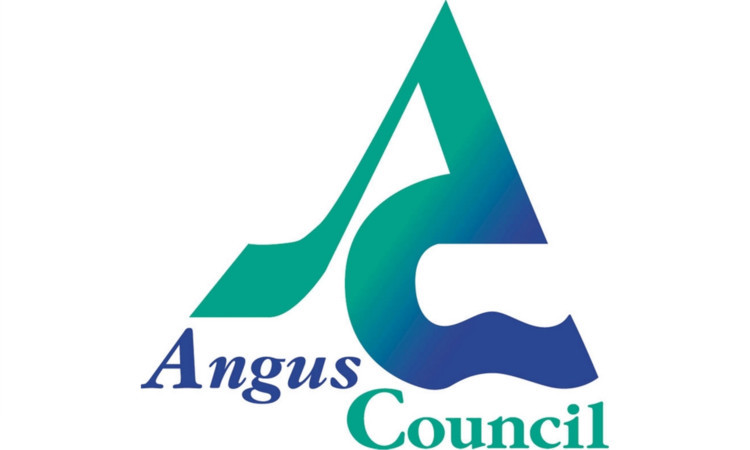Angus Council employees clocked up 12,792 sick days in the last quarter of 2013 with stress the single largest entry on doctors’ lines.
The local authority spent almost £1 million in direct costs of sick pay in that period. But the council has recorded absence declining rates for three successive quarters, down from 13,264 last year.
A report by human resources service manager Ken Ritchie will go before the scrutiny and audit committee on Tuesday.
Year-on-year comparisons for departments are not possible due to the council’s restructure in April last year, but comparisons have been drawn between different types of staff.
Local government employee sickness absence went up from 5.76% to 5.89%, teacher absence went down to 3.25% from 3.93%, and total working days lost went down from 5.35% to 5.31%.
Stress-related reasons were given for absence in 25.21% of all instances last year. In the third quarter, October-December2013, the direct cost of employees’ sickness absence the cost of sick pay was £998,082.
This figure comprises payments of statutory sick pay at £171,151 and occupational sick pay at £826,931. That total cost accounted for 3.25% of the total salary bill.
Mr Ritchie states: “Overall, there was a slight reduction in absence levels during this quarter as compared with the corresponding quarter in 2012/13.
“This is the third successive quarter of improved performance, albeit the degree of improvement is much less pronounced during this period.
“The next time absence is reported to this committee, information will be given on the final quarter of the financial year and on the whole year performance.”
Breaking down the figures by directorate, the chief executive’s department was measured at 3.8%, communities at 6.45%, people at 5.07%, and resources at 3.87%.
Between 50% and 60% of each directorate’s absences were for more than 20 days.
In terms of average days lost per employee, this equates to 2.63 for local government staff down from 2.72, and 1.41 for teachers down from 1.74.
After stress, the most common complaint is stomach-related at 12.86%, followed by back injury at 6.8% and with cold/flu symptoms at 5.58%.
